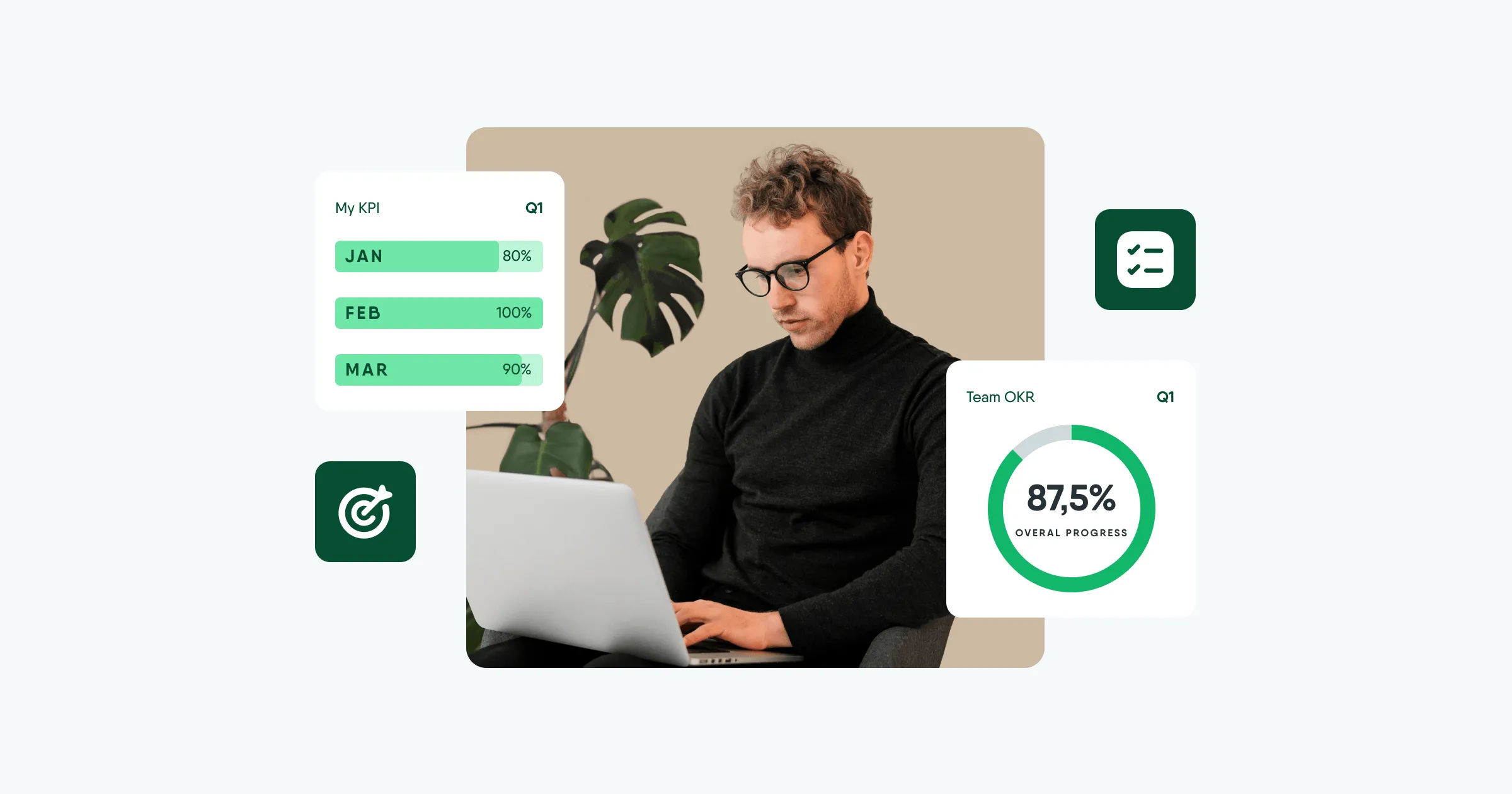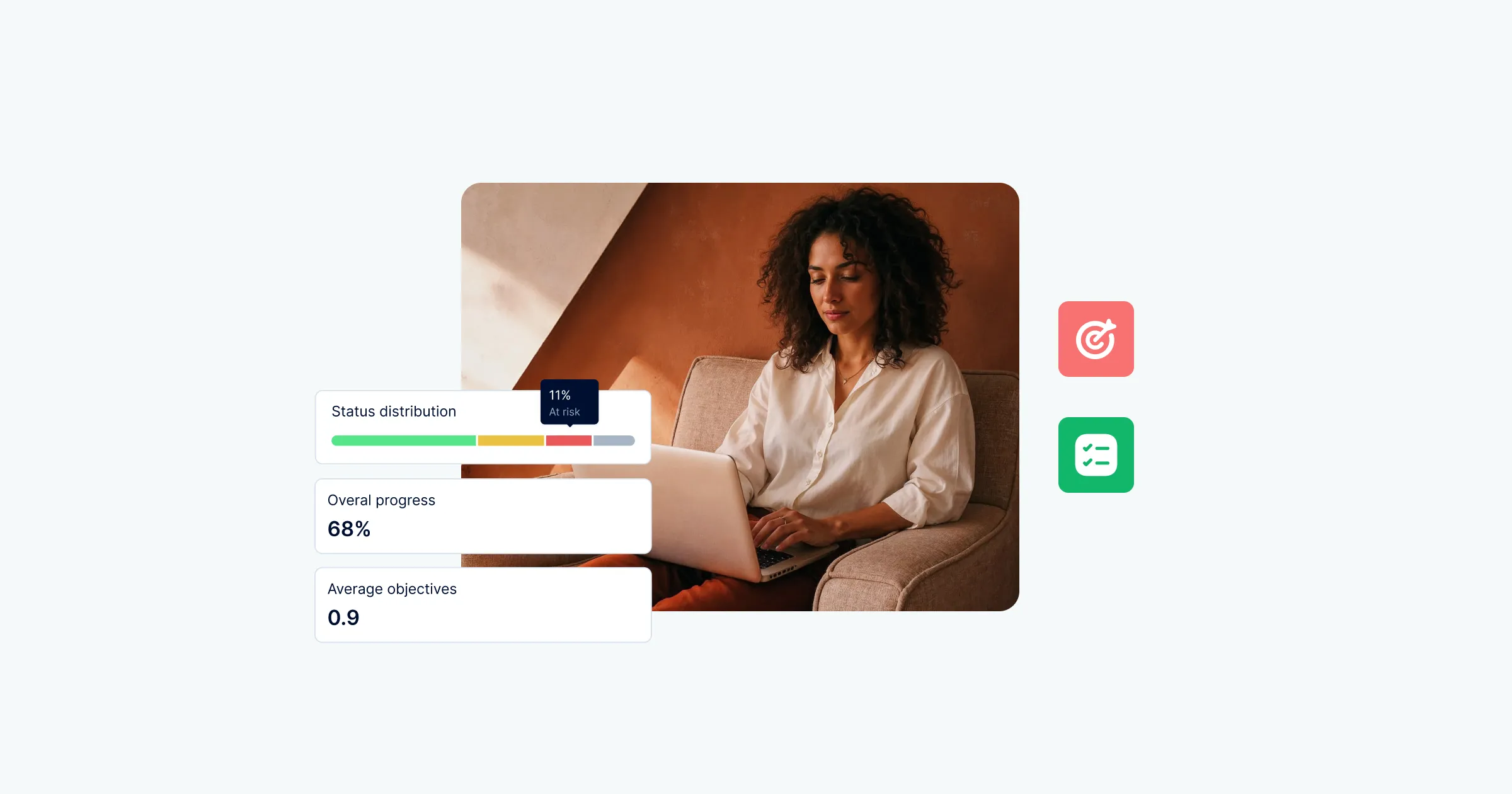Whiteboard interview
What is a whiteboard interview?
What is a whiteboard interview?
A whiteboard interview is a type of job interview where candidates solve problems on a traditional whiteboard or a digital equivalent, showcasing their skills in real time. The focus is less on the final result and more on how candidates think, analyze, and communicate their ideas throughout the process.
What's the purpose of a whiteboard interview?
Whiteboard interviews assess skills that are difficult to verify in a standard interview setting. Recruiters use this method to see whether candidates can:
- Effectively manage work processes – breaking down problems into smaller tasks, organizing them, and planning the sequence of actions.
- Communicate clearly – leading the conversation, asking questions, and seeking feedback.
- Apply knowledge in practice – using technical or industry expertise to solve problems.
- Present and defend ideas convincingly – clearly articulating solutions, justifying choices, and backing up positions.
- Perform under pressure – staying focused and maintaining pace despite time limits and stress.
- Stay motivated without guidance – remaining engaged even when the interviewer doesn’t provide input.
- Show flexibility and creativity – adapting to unexpected technical issues or shifting requirements.
When and why should you conduct whiteboard interviews?
Whiteboard interviews are particularly valuable when organizations need to choose between candidates with similar experience or for roles that demand intensive problem-solving and cross-functional collaboration. They’re especially useful for:
- Software engineer recruitment – where beyond tool knowledge, the ability to explain complex technical decisions to non-IT stakeholders matters.
- UX/UI designers and product designers – allowing you to see how quickly they can translate user needs into initial concepts.
- Roles like product manager or project manager – where prioritization and maintaining clarity under time pressure are crucial.
While whiteboard interviews can serve as standalone technical sessions, many companies include them as one stage of a broader hiring process. For example, Google incorporates them into their UX designer recruitment pipeline.
Limitations of whiteboard interviews
Whiteboard interviews work best as part of a broader evaluation toolkit rather than a standalone decision-making tool. Here’s why:
Favors certain work styles – this format benefits outgoing, communicative candidates but may underrepresent those who prefer quiet, analytical work.
Adds extra stress – many candidates feel uneasy performing in front of an interviewer.
Differs from real working conditions – solving problems on a whiteboard without access to tools or resources is far from typical teamwork. In remote interviews, lack of experience with virtual whiteboards can add stress and skew evaluations.
Not suited to every industry or role – best applied where analytical, design, or technical skills are critical. In roles centered on relationships, empathy, or operational tasks, it may not deliver reliable insights.
Time-intensive – preparing tasks and running sessions takes longer than traditional interviews, potentially extending the hiring timeline and discouraging candidates.
How to prepare for a whiteboard interview: a practical checklist
- Define the interview objective – Decide which candidate skills you want to assess. Focus on two or three key areas, such as problem-solving, reasoning, or decision-making.
- Inform the candidate about the format – Let them know the interview will be a whiteboard session. Share the agenda, expected duration, and tools. Clear expectations reduce stress and let candidates focus on the task.
- Prepare a suitable task – Choose a problem that reflects the role’s reality and can be tackled in 30-45 minutes. Avoid overly broad or abstract topics.
- Clarify the interviewer’s role – Decide whether the interviewer will only observe or also ask questions and guide the discussion. Candidates should know this upfront.
- Set up the tools – For in-person sessions, provide a whiteboard and markers. For virtual interviews, give candidates access to online boards (e.g., FigJam, Miro, Google Jamboard) and pair them with video conferencing (e.g., Zoom) to mirror live conditions.
- Establish evaluation criteria – Create a scorecard with clear metrics and rating scales.
- Plan timing and structure – Split the session into three parts: introduction, task work, and wrap-up. This ensures consistent conditions for every candidate.
- Provide feedback and keep records – Share brief feedback after the interview. Save notes and evaluations in your HR system (e.g., PeopleForce) so they’re accessible throughout later stages of the process.
How the PeopleForce platform supports whiteboard interview organization
With PeopleForce, whiteboard interviews become part of a cohesive, well-documented recruitment process that's transparent for both HR teams and candidates.
Streamlined scheduling – Schedule interviews directly from the system calendar, integrated with Google or Microsoft Outlook.
Coordinated communication – Send candidates invitations and reminders, and keep all correspondence securely archived in the system.
Centralized materials – Attach task descriptions, links, and supporting files to candidate profiles, giving the whole hiring team easy access to what they need.
Consistent candidate evaluation – Use scorecards with criteria tailored to whiteboard interviews to make comparisons fair and straightforward.
Feedback and documentation – Record notes and final evaluations in candidate profiles to improve team collaboration and keep the process transparent.
Summary
Whiteboard interviews help assess not only candidates’ knowledge and technical skills but also how they think, communicate, and collaborate.
This practical format complements traditional interviews and offers deeper insight into how candidates perform in realistic, task-oriented settings. Incorporating it into your hiring process can give you greater confidence in your final decision. Still, it has its limitations and is most effective when combined with other assessment methods.

